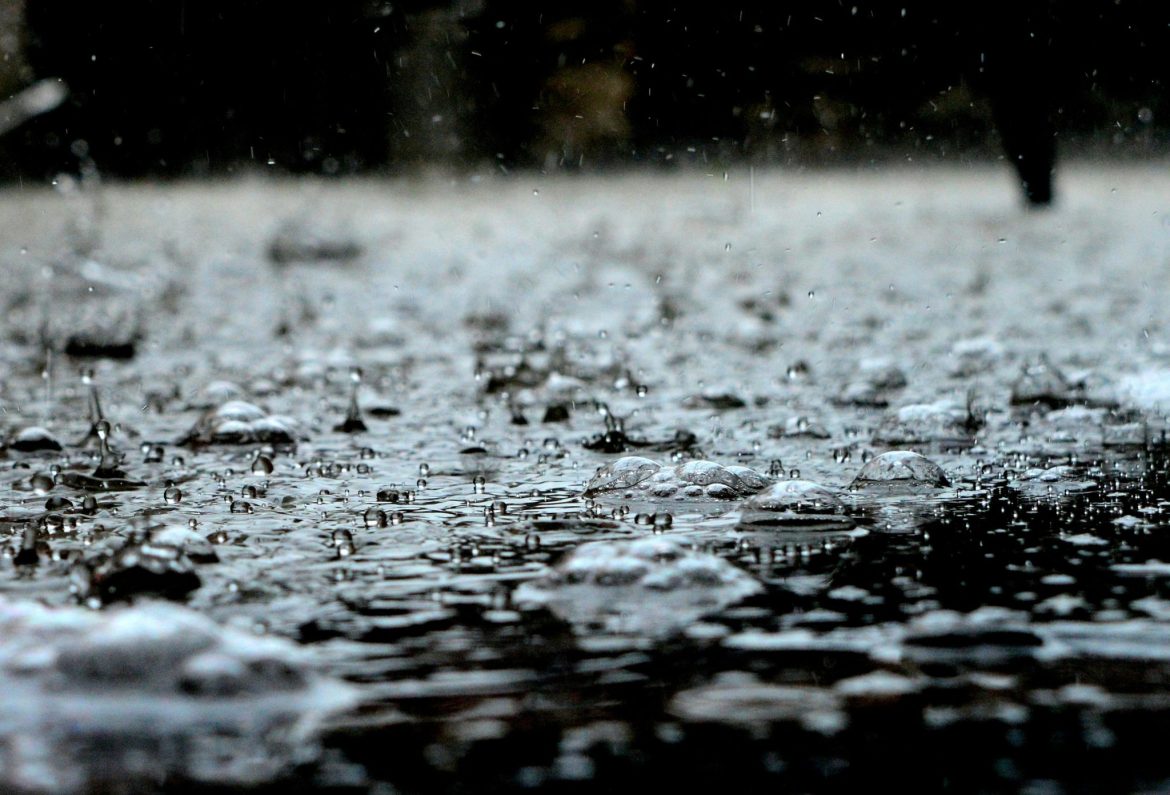Table of Contents
Rainwater harvesting, the practice of collecting and storing rainwater for future use, is an ancient technique that has evolved significantly over time. This method, essential for water conservation and management, has seen transformations influenced by technological advancements, changing environmental conditions, and growing awareness of sustainable practices. Understanding the evolution of rainwater harvesting provides insight into how societies have adapted to their water needs across different eras and the importance of this practice in contemporary times.

Ancient Practices
The origins of rainwater harvesting date back to ancient civilizations, where it was a crucial technique for survival in arid and semi-arid regions. In the Neolithic period, people in the Middle East and the Indian subcontinent constructed simple structures to collect rainwater. Archaeological evidence from around 4500 BCE shows that early settlers in the Middle East built cisterns to capture and store rainwater, which was vital for agriculture and daily use.
In ancient Rome, sophisticated rainwater harvesting systems were developed. Romans built aqueducts, reservoirs, and cisterns to capture rainwater and transport it to urban areas. Roman villas and public baths often had complex systems of gutters and pipes to direct rainwater into large underground cisterns, ensuring a reliable water supply even during dry periods.
Medieval Advancements
During the medieval period, rainwater harvesting techniques continued to evolve, particularly in regions with limited water resources. In the Middle East, the Islamic Golden Age saw advancements in engineering and water management. Scholars and engineers developed more efficient methods for capturing and storing rainwater, including underground storage tanks and qanats (underground channels) that transported water from mountains to arid areas.
In India, the construction of stepwells and tanks became widespread. These structures, often intricately designed, collected and stored rainwater, providing a reliable water source for communities. The ancient city of Dholavira in Gujarat is a notable example, featuring an elaborate system of reservoirs and channels for rainwater harvesting.
Colonial Era and Early Modern Developments
The colonial era brought changes in rainwater harvesting practices as European powers established colonies in different parts of the world. In the Caribbean and parts of Africa, colonial settlers adapted traditional rainwater harvesting techniques to suit their needs. In Bermuda, for example, houses were built with whitewashed roofs designed to channel rainwater into cisterns, a practice that continues today.
In the early 20th century, industrialization and urbanization led to a decline in traditional rainwater harvesting practices in many regions. The focus shifted towards large-scale water supply systems, such as dams and reservoirs, to meet the growing demands of urban populations. However, in rural areas and developing countries, traditional rainwater harvesting methods remained vital for local water security.
Contemporary Revival and Technological Innovations
The late 20th and early 21st centuries have seen a resurgence in rainwater harvesting, driven by increasing water scarcity, environmental concerns, and a growing awareness of sustainable practices. Modern rainwater harvesting systems incorporate advanced technologies and materials, making them more efficient and accessible.
Technological Innovations
Advancements in materials science and engineering have led to the development of durable and cost-effective storage tanks, filtration systems, and pumps. Modern rainwater harvesting systems often include first-flush diverters, which discard the initial runoff to prevent contaminants from entering the storage tanks. Sophisticated filtration and purification systems ensure that harvested rainwater is safe for drinking and other uses.
Urban Applications
In urban areas, green infrastructure and sustainable building practices have integrated rainwater harvesting into city planning and architecture. Green roofs, permeable pavements, and rain gardens are designed to capture and utilize rainwater, reducing stormwater runoff and alleviating pressure on municipal water systems. In cities like Tokyo and Melbourne, rainwater harvesting is incorporated into public buildings, parks, and residential complexes, promoting sustainable urban water management.
Government Policies and Incentives
Governments and organizations worldwide are recognizing the importance of rainwater harvesting in addressing water scarcity and promoting sustainability. Policies and incentives are being implemented to encourage the adoption of rainwater harvesting systems. In countries like India and Australia, building codes and regulations mandate the installation of rainwater harvesting systems in new constructions, while subsidies and grants are provided to support their implementation.
Climate Resilience and Sustainability
Rainwater harvesting is increasingly seen as a crucial component of climate resilience and sustainable development. As climate change affects precipitation patterns, communities are turning to rainwater harvesting to enhance water security and reduce dependence on unreliable or contaminated water sources. By promoting the use of locally available rainwater, this practice contributes to the conservation of global water resources and the reduction of carbon footprints associated with water transportation and treatment.

Conclusion
The evolution of rainwater harvesting reflects humanity’s ingenuity and adaptability in managing one of our most vital resources. From ancient cisterns and stepwells to modern green infrastructure and advanced filtration systems, rainwater harvesting has continuously evolved to meet the changing needs and challenges of societies. As we face increasing water scarcity and environmental pressures, the revival and modernization of rainwater harvesting offer a sustainable solution for ensuring water security and promoting ecological balance.


